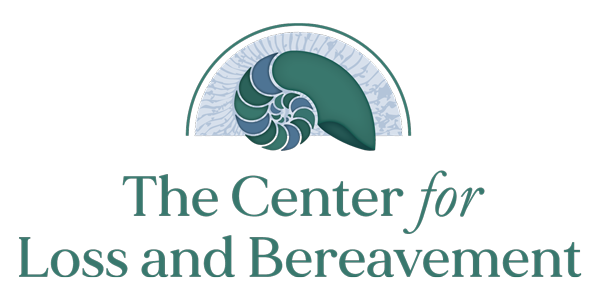CLB Grief Notes
A Grief Note On…
Art Therapy
What Is Art Therapy?
Through the use of art-making, discussion, reflections, and relationship building, art therapists support individuals in a variety of life struggles, helping draw out – sometimes both figuratively and literally – deep-rooted feelings or stories that often can be challenging to express otherwise. This is especially true in processing grief and trauma, yet art therapy can also be a means of developing of coping skills, increasing self-awareness, strengthening self-esteem, managing stress, and engaging in a positive social interaction. All of these are useful tools in addressing the comprehensive work of rebuilding one’s life following a devastating experience of loss. This adaptive, healing strength found in creative expression often results in a meaning-making process that transforms into emotional wellness.
“But I can’t even draw a stick figure….”
A common misperception of art therapy is the need to have artistic skill. Individuals seeking art therapy services do not need prior art experience or confidence born in talent to gain the benefits of art therapy. The art therapy studio is a safe place where each individual can decide on the art materials to use, the concept to create, and the subject matter to talk about. Art therapy is about the Process not the Product.
While the process of art therapy is the means of growth and expression, the product can also be simultaneously moving and meaningful to the practiced artist, serving as a tangible representation of the insight gained within the creative process. Unlike talk therapy, having this piece of crafted work as a hands-on tool for grounding and reflection can be powerful in unique ways, beyond the creative experience itself.
Why Art Therapy in Trauma and Restoration from Grief?
Research shows that trauma is stored in the brain as a sensory experience, with fragments of images and sensations scattered throughout, leaving individuals more prone to frequent and overwhelming triggers. While grief alone may not be perceived as a trauma by all survivors, many will still struggle with an increased sense of fear and instability as one’s attachments and routine in life are disrupted at best – and, at worse, are completely shattered. This added anxiety and loss of security adds a layer of distress to grief that, with or without traumatic features, can complicate even the most well supported and healthy individuals.
A sensory practice such as art therapy can thus provide a vessel for externalizing traumatic memories and releasing tensions, helping to produce a more coherent, collective narrative of the traumatic experience. The kinesthetic experience of artmaking also can serve to enhance a relaxation response and help increase the ability to tolerate stressors. The resulting art work can serve as a symbolic representation and container of the effects of traumatic stress, thus aiding the person in integrating the experience and feelings into one’s life story.
Art therapy encourages creativity and supports the individual to connect with inner strengths in developing alternative responses to stressors and problems. Artmaking can be a pleasurable experience that supports individuals in addressing emotional numbing that can come as a result of trauma or overwhelming, unrelenting feelings of pain. Reconnecting with calming, positive emotions and finding a means to release the heavy burden of grief or re-experiencing of traumatic memories can be found in these targeted, specialized techniques.
Join Our
Mailing List
Donate
Today
Request
Information

Affiliations
• NACG
• CBEM Changemaker
• ADEC
• Charity Navigator
Quick Links
About Us
Individual & Family Grief Counseling
Volunteer
News
Grief Support Resources
Contact
Ph: 610-222-4110
Fax: 610-222-4116
3847 Skippack Pike
P.O. Box 1299
Skippack, PA 19474
Support The Center For
Loss and Bereavement
